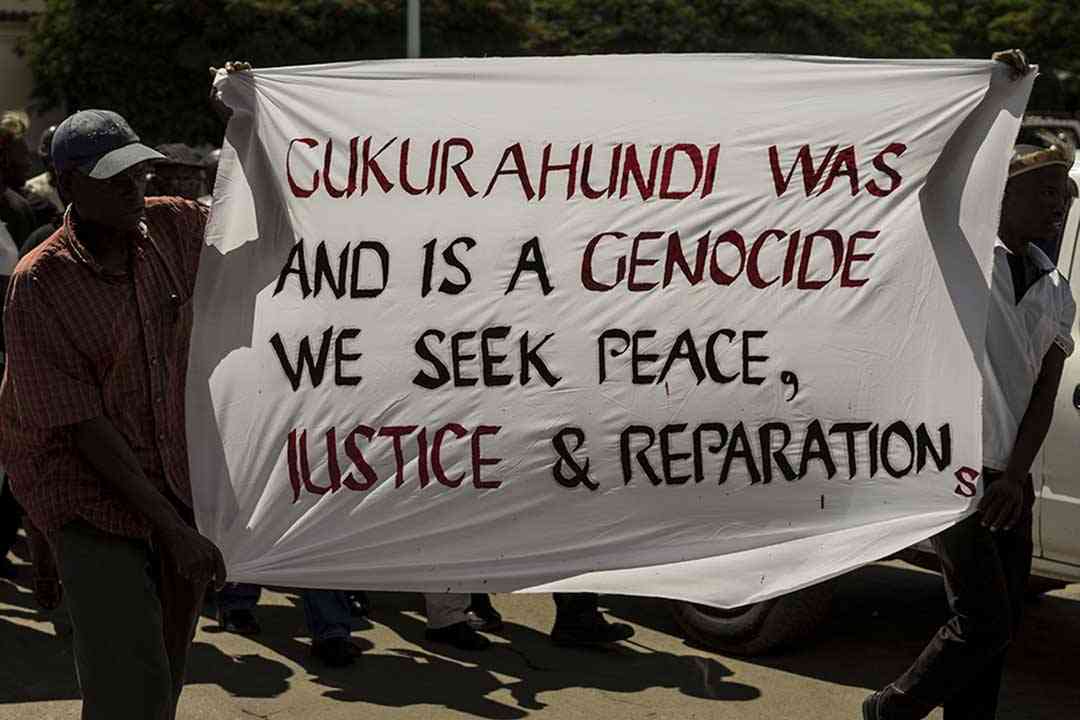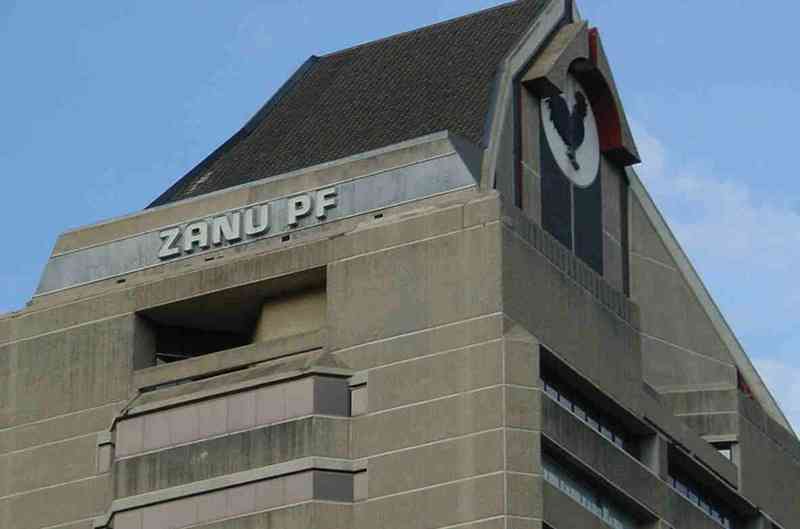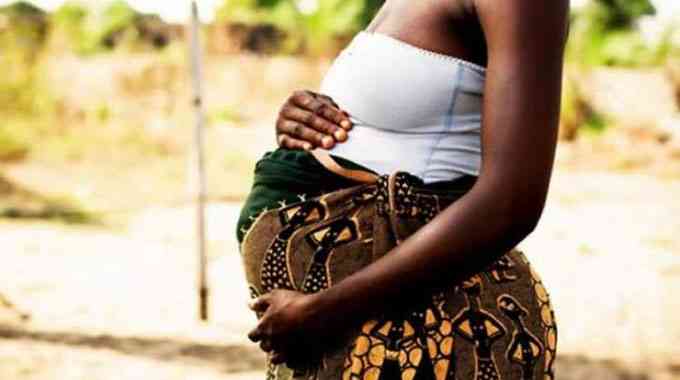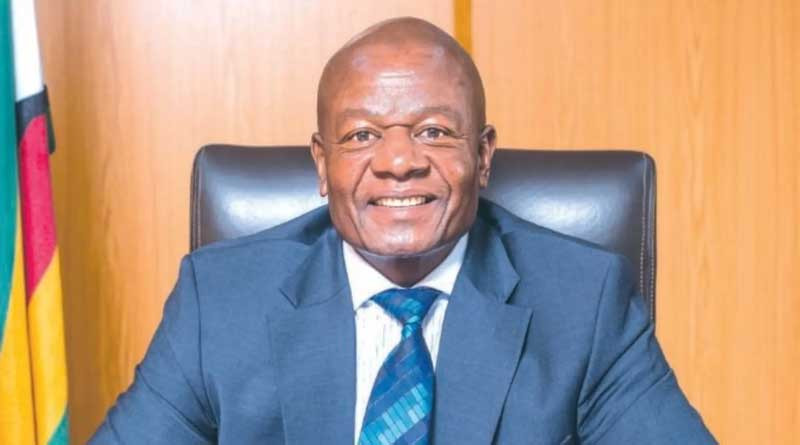
A DARK cloud hovered over the late Chief Makumbe’s homestead in rural Buhera signalling the onset of the rains.
The tents pitched across the yard could not shelter thousands of mourners who had gathered to bid farewell to the late traditional leader who had led his subjects fairly well during his reign.
So, when the heavens opened up and pounded the earth many had to scamper to seek cover elsewhere.
Then one of the late chief’s male relatives, exuding haughty confidence and appearing well-versed with tradition of the area, asked for the departed chief’s garment which he threw on the roof of a house.
The rains stopped immediately.
“The chief was a mighty man, look how the rains stopped in order for his burial to be conducted without disturbances,” said a villager who was among the mourners.
Chief Makumbe, real name Shephered Chengeta (57), died on November 6 from colon cancer.
He was buried at his rural home in Ngundu village.
For centuries, traditional leaders’ funerals in Zimbabwe, Africa and globally have been a sacred affair, with most chiefs in this country buried secretly in caves.
But when NewsDay recently attended Chief Makumbe’s funeral it was evident that traditional culture is slowly being superseded by modernity.
Luxurious vehicles wound their way into the village along a tiny gravel road, sending a cloud of dust into the air. The car park at the homestead resembled that of a car show as the who-is-who in the country arrived to pay their last respects.
From politicians, fellow traditional leaders, academics to government officials, it was clear that modernity had taken over as far as burying a chief is concerned. It was also a fashion show as mourners outshined each other as they exhibited their dressing prowess.
Three beasts were slaughtered to feed the mourners and five catering teams were tasked to do the job.
“As the chief’s body arrived, lights were supposed to be switched off before it was taken in the middle of the night to the caves where his forefathers are buried. But that did not happen. We still have his body and it will be buried in this yard,” revealed a close member of the family.
Throughout the funeral wake, the traditional leader’s casket was in his kitchen hut away from the crowd.
About 10 metres from the hut, a group of men dug his grave away from the glare of mourners after a barricade was erected to make sure no one would witness what his last resting place would look like.
While the master of ceremonies was leading the eulogies, an “L-shaped” grave was being prepared for the late traditional leader.
“They were supposed to be two graves, one at the family cemetery here and another where his forefathers are buried. This is done to confuse the people. An empty coffin is buried here while the people witness, but his corpse would be carried to the actual place in the middle of the night and buried where his ancestors are,” Sekuru Revai Mugeza (80), one of the mourners from a nearby village, confided with NewsDay.
By and by, government took over the funeral proceedings following the arrival of Senate president Mabel Chinomona who suspended all traditional rites.
Politicians took turns to address the mourners, some campaigning and thanking the late traditional leader for leading the campaign for Zanu PF and ensuring victory for Buhera Members of Parliament Tafadzwa Mugwadi, Phillip Guyo and Ngonidzashe Mudekunye.
After Chinomona’s speech, the programme was handed back to the family which told mourners to go back home.
Chief Makumbe was buried at around midnight in the presence of less than 10 people, mostly family members. He was removed from the coffin and covered with a hide before being interred in a man-made earth cave created in the L-shaped grave.
The men dug five metres vertically and then a metre horizontally to create an L-shaped grave.
His casket was destroyed and disposed of in the same grave.
The late Chief Makumbe’s brother, Tapiwa Chengeta said despite modernity creeping in they managed to follow all the necessary cultural procedures.
“Every chief is buried in a special way and every chieftainship has a special way in which its traditional leaders are buried. The Sinyoro Vanjanja people have their own way and Chief Makumbe was buried in the real Vanjanja customs. The issue of modernity in terms of culture impacts slightly because culture is a straitjacket. When culture is not followed, normally there is a price for that and this has severe negative effects.
“Chief Makumbe in terms of our culture was buried in line with the tradition of the Sinyoro Vanjanja people. The burial was led by his father Baba Neshangwe and his brother Chivese. In terms of tradition, the issue of the exact place where a chief is buried is something sacred and should not be known by everyone and that was observed. It's only a few who know as this is a secret for the few chosen ones,” he said.
“The issue of balancing with modernity is very much observed as graves are dug at home where even children and grandchildren can put tombstones. However, in terms of how all chiefs are buried it does not mean to say that where you see the grave is where the body of the chief is resting. Like I said, culture is a template that cannot be changed.”
The late Chief Makumbe was also a senator and Manicaland provincial Chief’s Council chairperson.
After his burial, the rains pounded the area and the family was elated.
“Iyi ndiyo mvura yekudzima matsimba aMambo (The rains are meant to conclude the chief’s journey),” said a relative.
Could that be true? Or maybe the rains signalled the onset of the 2023/24 summer season.










